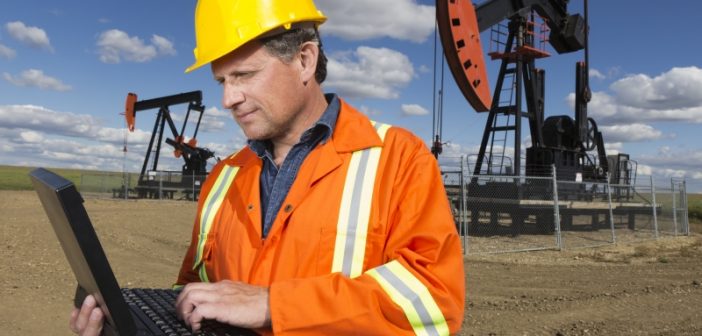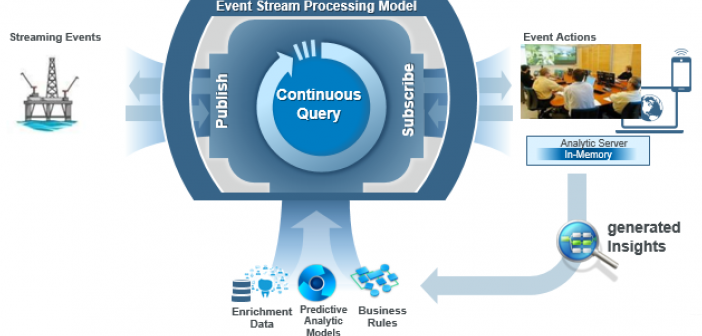From spud to completion, during the drilling phase, operators can face any issue that would jeopardize well integrity, delay time to completion, expose people or equipment to excessive risks and likely to increase costs. In a sector where safety to people and equipment is key to operate, industrials have long focused on improving technologies (Drilling rigs; Drill bits; Downhole motors; Jars…) to reduce risk and improve performances. With drilling time already decreased from several weeks to days, there is always a desire of continuous improvements. Focusing purely on performance cannot be enough.
We can drill fast, what we actually want is drilling fast, with no risk, little cost and ideally without exposing unnecessary people. The challenge is then less about Drilling Optimization than Autonomous Drilling Activities.
From good to great
Evolution of Drilling Equipment contributed a lot in getting access to new resources while getting Drilling activity safer and more efficient. However, the next milestone that would help companies to face people ageing challenges, to drive cost down, to operate in harsh environment and get access to even more complex reservoir would need to introduce disruptive technologies like other sectors did.
Around the world, many Real Time Operating centers offer 24/7 monitoring of Drilling or Production activities. Indeed, these centers enable collaboration between Drilling Engineers, Geologist, Asset Manager to take decisions or advice on best modus operandi to cope with specific situations. Getting to centralize expertise and/or experience further increase lesson learnt and best practices that would help operation broadly.
When we realize, most of the time, planes are flying with little or no man intervention, we can easily foresee Unmanned drilling rigs coming around the corner. With rigs being equipped with sensors, Drill strings and BHA embarking measurements (LWD/MWD), there is a lot of data that can reveal insights and allow us to predict events for actionable decisions or notifications.
Nowadays, Predictive Analytics is largely used to predict failure of assets or detect and predict fraud for instance, such solutions adapt well with streaming data to predict when an asset would likely be deficient in real time.
Because no situation nor environment is exactly the same, statistical algorithms are a key differentiator as to evaluate and quantify uncertainties on an outcome. Its fundamentals lie on analyzing historian data to identify patterns that would lead to identified events. Such statistical analysis differs from “trending or deviation” analysis that usually provide extrapolation of behaviors rather than in context behaviors.
In similar architecture as illustrated below, models are ruled in streaming on any data or events to provide actionable information. This information usually indicates prediction of stuck pipes, fluid losses or pump failures that would force operation to stop.
Using advanced analytics models and industry specific rules (G&G information, Drill bit spec, etc…) along with machine learning or deep learning, systems can identify normal to abnormal situations in a multi dimension environment (Rig data, LWD/MWD, Mud Logging, …) and update models accordingly.
“If I had asked people what they wanted, they would have said faster horses.”
~ Henry Ford
With exploration challenges ahead, drilling operations must benefit from new approaches to complement existing remedial measures such as Advanced Analytics solutions.
Powerful rigs and jars provide the means to react yet without avoiding issues. Realtime monitoring operations enable users to anticipate potential situations often relying on peoples experience and known situations. Predictive analytics would be used to predict events and optimize scenarios to take action.
If we were to plan the roadmap to Unmanned Rigs operation, predictive analytics would be the next step to complete before getting to optimizing the process and get actions automated.
#PredictiveAnalytics is the next step to complete on the roadmap to #UnmannedRigs operation. #MachineLearning Click To TweetIndeed, from Predictive Analytics we are able to predict the likelihood of an event to occur and when we have to take action, however this requires to be embedded into some process for optimal operations.
We need however, to keep in mind that Predictive Analytics provides information to make decisions on changing surface parameters like mud rheology, on mobilizing spare parts or backup equipment to avoid waiting time, on pulling out of hole, reducing ROP or notifying experts. Optimization solutions can further help on scoring each scenario based on risk matrix, cost or custom relevant indicators.
From there, automated rigs become a reality for which actions would be automated followed by Unmanned Rigs.


